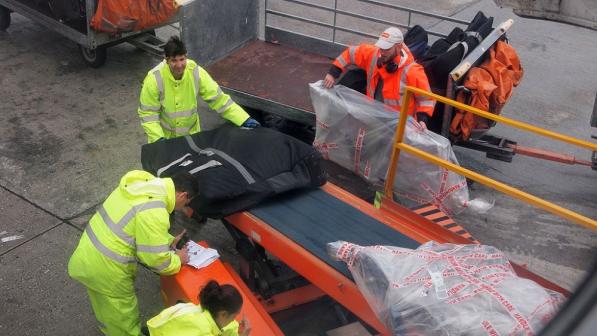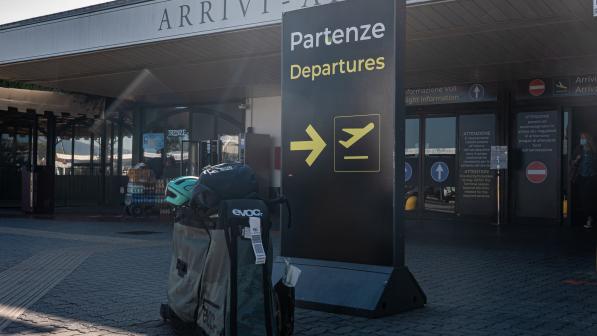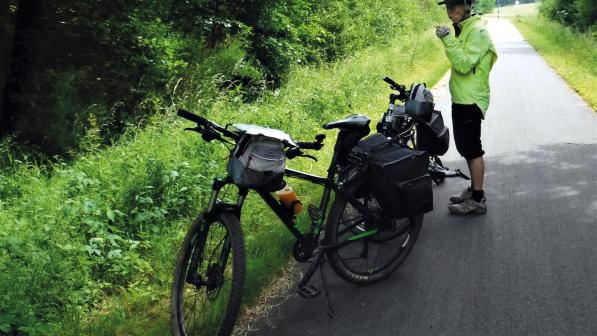Knowhow: Travelling abroad with a cycle

Pre-Brexit, Brits could bring unlimited amounts of most goods home from anywhere in the EU. There is now a personal (tax-free) allowance limit of £390 (or up to £270 if you arrive by private plane or boat), with separate tax-free limits on alcohol and cigarettes.
Peter Eland at the Bicycle Association adds there is also now an allowance limit for any goods you have bought overseas and are bringing to the UK.
“Although it’s not stated clearly,” he said, “this indicates to me that personal belongings (bike, tent, and so on in the case of a cycle tourist) which were bought in the UK can be re-imported to the UK without issue. As a precaution, so as to be able to evidence a UK purchase, a cycle tourist might want to carry a copy of receipts matched to serial/frame numbers for all valuable items, to show they were bought in the UK, if this were to be challenged.”
HMRC suggests an ATA Carnet as an “optional facilitation when moving goods between territories such as the UK and EU”. This, they say, simplifies customs formalities by using a single document to clear goods through customs in participating countries, suspending payments of import duties in those countries. They are valid for 12 months from the date of issue, in which they can be used multiple times and in multiple countries.
However, HMRC admitted to Cycle magazine by email that getting a Carnet is “an expensive and timely procedure”. It’s also one that should not be necessary for most cycle tourers.
The gov.uk website describes the ATA Carnet under the section ‘Exporting and doing business abroad’ – neither of which someone taking a holiday with their bike is doing.
How are the rules applied?
There was a case reported in the Independent where someone taking three e-bikes to Spain on holiday in a van was charged €400 import duty. This seems to be an isolated incident, in which customs officials presumably assumed the e-bikes were for resale.
Duncan Dollimore, Cycling UK’s head of campaigns, says: “In practice we have not heard of anybody else encountering problems taking cycling equipment for their own use from the UK into the EU and back again. If a bicycle is obviously being transported for personal use (and not, for instance, looking brand new and in a box) then it is unlikely to attract the attention of customs inspectors.
“However, clubs and teams transporting large quantities of sporting equipment would be advised to follow HMRC’s advice and register it on an ATA Carnet or Duplicate List.”
Buying a bike abroad
You used to be able to buy a bike anywhere in the EU’s single market and bring it back to the UK without payment or paperwork. So you could hop on a ferry to the Netherlands, buy the kind of roadster that’s seldom sold here, and return home with it.
Since Brexit, an import duty of 14% is due on such a bike. If you buy a frameset abroad and bring that back, duty is only 4.7%. You pay duty on the total value of the goods you’re bringing in, not just the amount by which it exceeds your tax-free allowance.
You’ll also likely have to pay VAT, which is currently 20%. This bumps up the price of a bike bought abroad by about a third.





